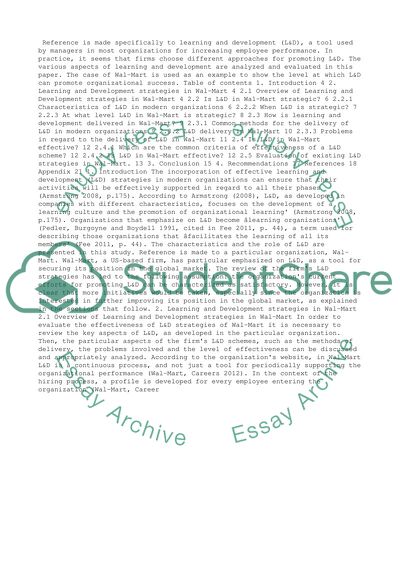Cite this document
(“Analysing the learning and development strategies of an existing Case Study”, n.d.)
Retrieved from https://studentshare.org/business/1398769-nalysing-the-learning-and-development-strategies
Retrieved from https://studentshare.org/business/1398769-nalysing-the-learning-and-development-strategies
(Analysing the Learning and Development Strategies of an Existing Case Study)
https://studentshare.org/business/1398769-nalysing-the-learning-and-development-strategies.
https://studentshare.org/business/1398769-nalysing-the-learning-and-development-strategies.
“Analysing the Learning and Development Strategies of an Existing Case Study”, n.d. https://studentshare.org/business/1398769-nalysing-the-learning-and-development-strategies.


